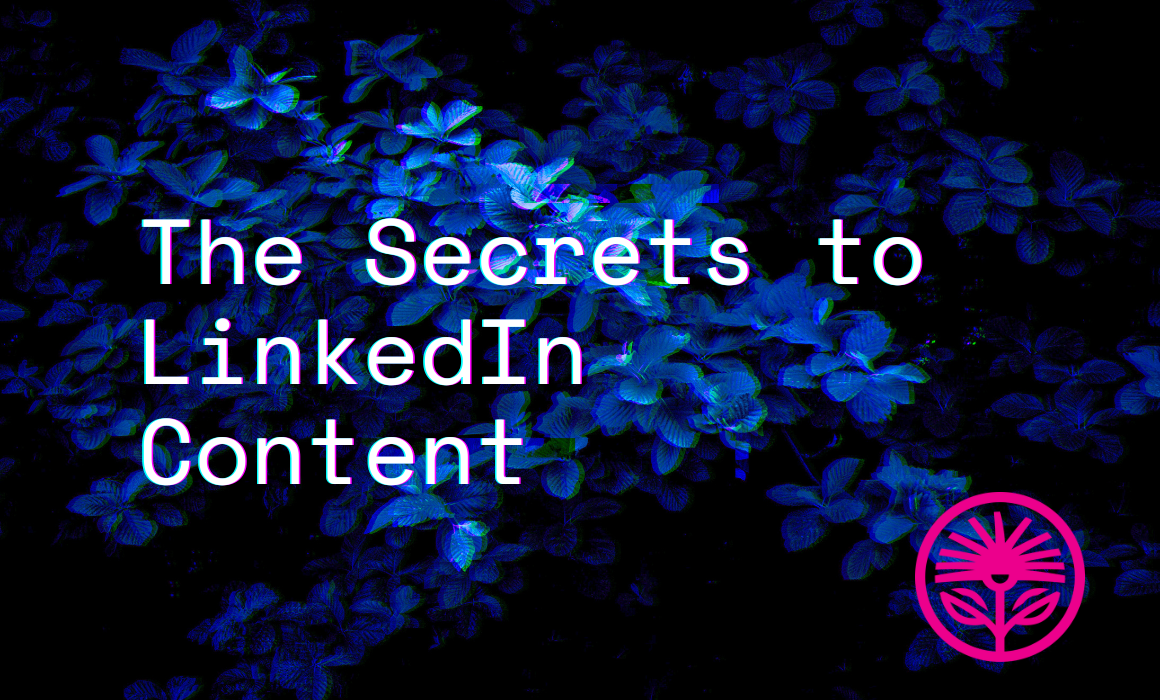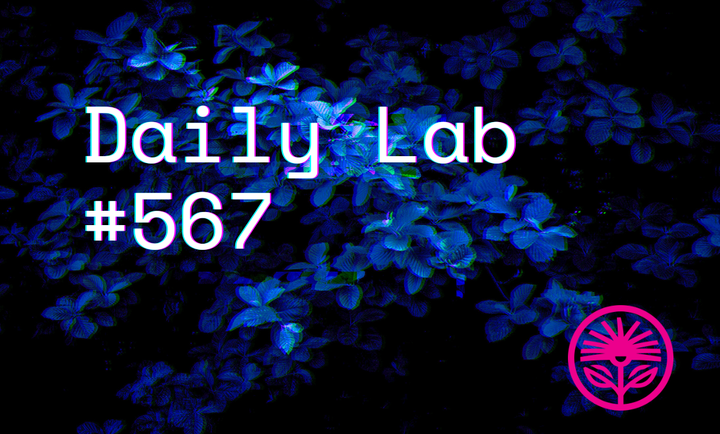The secrets to LinkedIn content — Kelford Labs Weekly
It’s not about work, you, or numbers.

You know I have a complicated relationship with LinkedIn.
I was once this close to fully abandoning it. Giving up, moving on, and even telling others to do the same.
But who doesn’t love a challenge? And that’s what it became for me—a challenge, a game. Something that would force me to learn, adapt, and grow.
And it’s been going pretty well so far:

Humblebrag notwithstanding (hey, I’m a marketer), I’ve learned a lot about how LinkedIn works and how to get attention, engagement, and conversations from the platform.
So here are the secrets of LinkedIn I’ve learned that I think you’ll find useful.
But note: None of this is really scientific. These are my opinions and vibes based on the last few months of work. So, a grain of salt is understandable.
Lesson 1: It’s Not About Work
Okay, this is the biiiiiig one. LinkedIn isn’t about work, it’s about fun.
People go on LinkedIn during the day to do one of two things:
1) Post their own content
2) Procrastinate
Yes, some people are on their way to look up contacts or creep their competition. But, in my experience, the vast majority of moment-to-moment usage is people either doing the necessary LinkedIn grind to get their own content seen, or procrastinating on their real work by doing something that feels like work.
We tend to picture the LinkedIn audience as some astute and self-serious businessperson, when in fact they’re you. They’re me. They’re just people killing time between real tasks. So they don’t actually want a diatribe on the right way to do things.
They want to be entertained in a way that makes them feel like they’ve learned something.
How cynical, I know. But don’t worry, that doesn’t mean you have to be funny, up-to-date on memes, or extremely online. It just means you’ve got to consider before you post anything: Is this enjoyable to read (or watch)? Will someone want to read this because it’s entertaining?
Only then will they stick around to learn. And when they feel like they’ve learned something, they’ll add a reaction or a comment.
And when they really learned something, they’ll repost or DM.
I’m still working on this part, as it’s the hardest one. But it’s the necessary first step.
Lesson 2: It’s Not About You
The best content isn’t about the content creator. It’s about the audience.
You’re not the hero in your customer’s story. They are. You’re the helpful best friend.
My content got so much more attention once I stopped making everything about me. Now, the posts that do well are the ones all about the other person—what they might want to know, what they might find useful, what they might find surprising.
Since it’s a marketing endeavour, it’s tempting to see LinkedIn content as a promotional exercise.
But it’s actually a collaborative partnership with other LinkedIn users.
You post something they like, and they’ll Like it. And because they’ve liked it, your ideal customers are more likely to have it appear in their feed, and they’re more likely to see and remember that you helped them learn something.
Most of my dud posts were just too promotional or purposelessly personal. But the ones that people saw and liked the most were pithily focused on providing a unique and helpful insight, with a touch of humour.
So, I recommend passing everything you post through this filter: Will the people who see it see themselves in it? Or is it all about me?
Lesson 3: It’s Not About Numbers
It needs to be said: The numbers don’t actually matter. The posts that have “performed” the poorest (low reach, low engagement) sometimes produced the most active conversations in DMs or email.
The ones that blew up and got hundreds of thousands of impressions mostly resulted in a bunch of spam comments.
It’s so, so, so easy to see someone else’s content blow up and wonder why it didn’t happen to us, or wish it would. But the money’s not in metrics, it’s in meaningful conversations with people who actually value what you do.
So, while visibility is the necessary precursor to meaningful connection, it’s not the point. And it’s only useful to a point.
If it takes millions of impressions to make an impact (or make a buck), that’s not actually a good thing. Better to have a smaller audience that cares and that you can help than a giant one that bogs you down.
So, if you want to grow—a little bit, sustainably—remember that your posts need to be fun to read or watch.
And the best way to make them entertaining is to make them about the reader, not about ourselves. They’re the hero, we’re helping.
So be helpful.
And you’ll find a few more people will see what you’re saying, and reach out to learn more.
Got your own LinkedIn tips? Reply to share them with me! And don’t forget to connect with me so we can grow together.
Kelford Inc. shows you the way to always knowing what to say. Marketing positions and messages for hands-on entrepreneurs.



